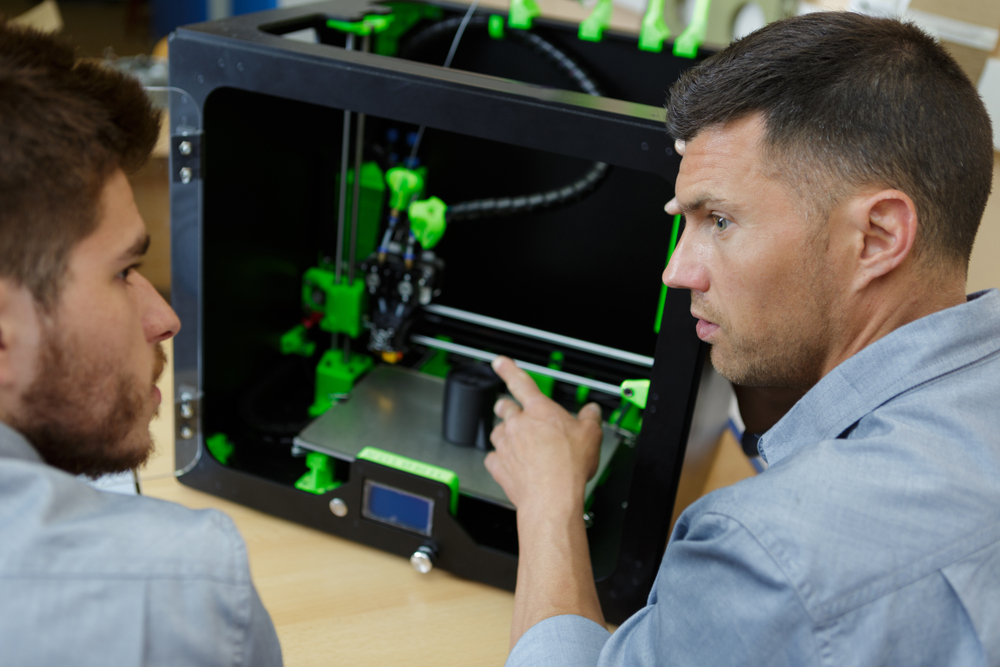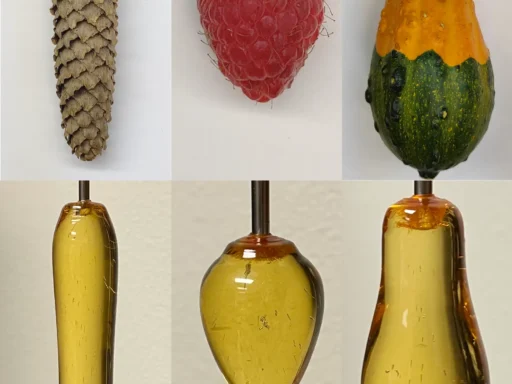In a transformative stride towards space exploration, NASA, in partnership with 3D printing titan ICON, unveils its pioneering plans to 3D print dwellings on the moon. This avant-garde initiative, powered by 3D printing technology and lunar material synthesis, is positioning NASA and ICON at the helm of interstellar architectural innovation.
Niki Werkheiser, NASA’s director of technology maturation, elucidates the monumental significance of their collaborative pursuit. “Harnessing the potential of 3D printing, we’re transcending traditional space construction paradigms,” said Werkheiser. At the core of this venture lies ICON’s ‘Project Olympus’, a program designed to actualize 3D printers capable of fabricating structures from materials intrinsic to the lunar environment, such as rock chips and moon dust.
With substantial backing from NASA, totaling an impressive $87.2 million by 2022, ICON’s mission is crystal clear: Deploy 3D printing technology to transform readily available lunar resources into sustainable habitats. Werkheiser envisions these structures not just as shelters for astronauts, but as foundational steps towards establishing permanent human colonies on the moon, and in time, Mars.
Beyond just the habitats, 3D printing plays a pivotal role in creating a holistic lunar environment. Collaborating with Stanford University, NASA is utilizing 3D printing techniques to fashion tiles from lunar-simulated materials, envisaged for diverse interior applications.
With the upcoming Artemis missions, NASA’s lunar aspirations are rapidly approaching fruition. Artemis II, prepped for a crewed lunar orbit in November 2024, and its successors, hint at the possibility of humans setting foot on the moon once again. The overarching ambition is discernible: That by 2040, the lunar landscape will be dotted with state-of-the-art 3D printed structures.





